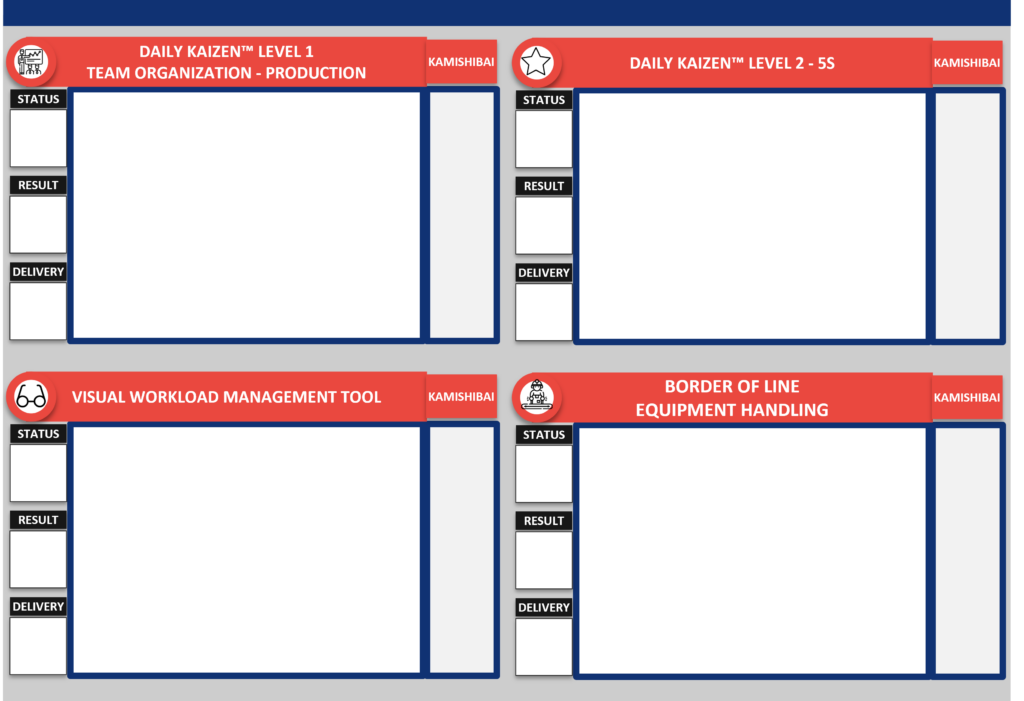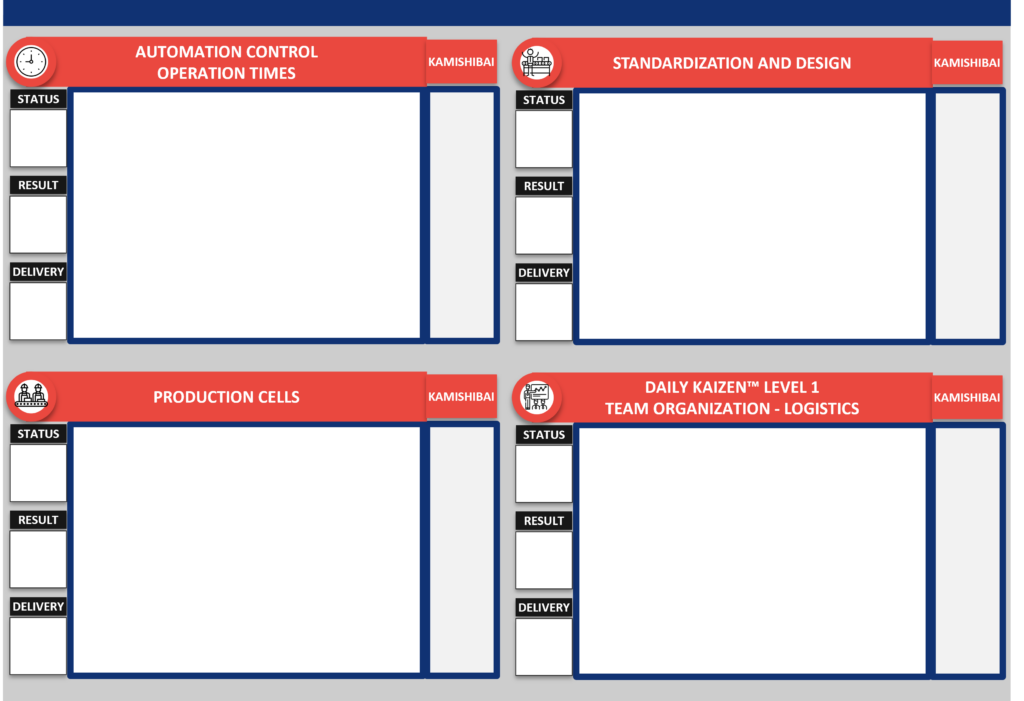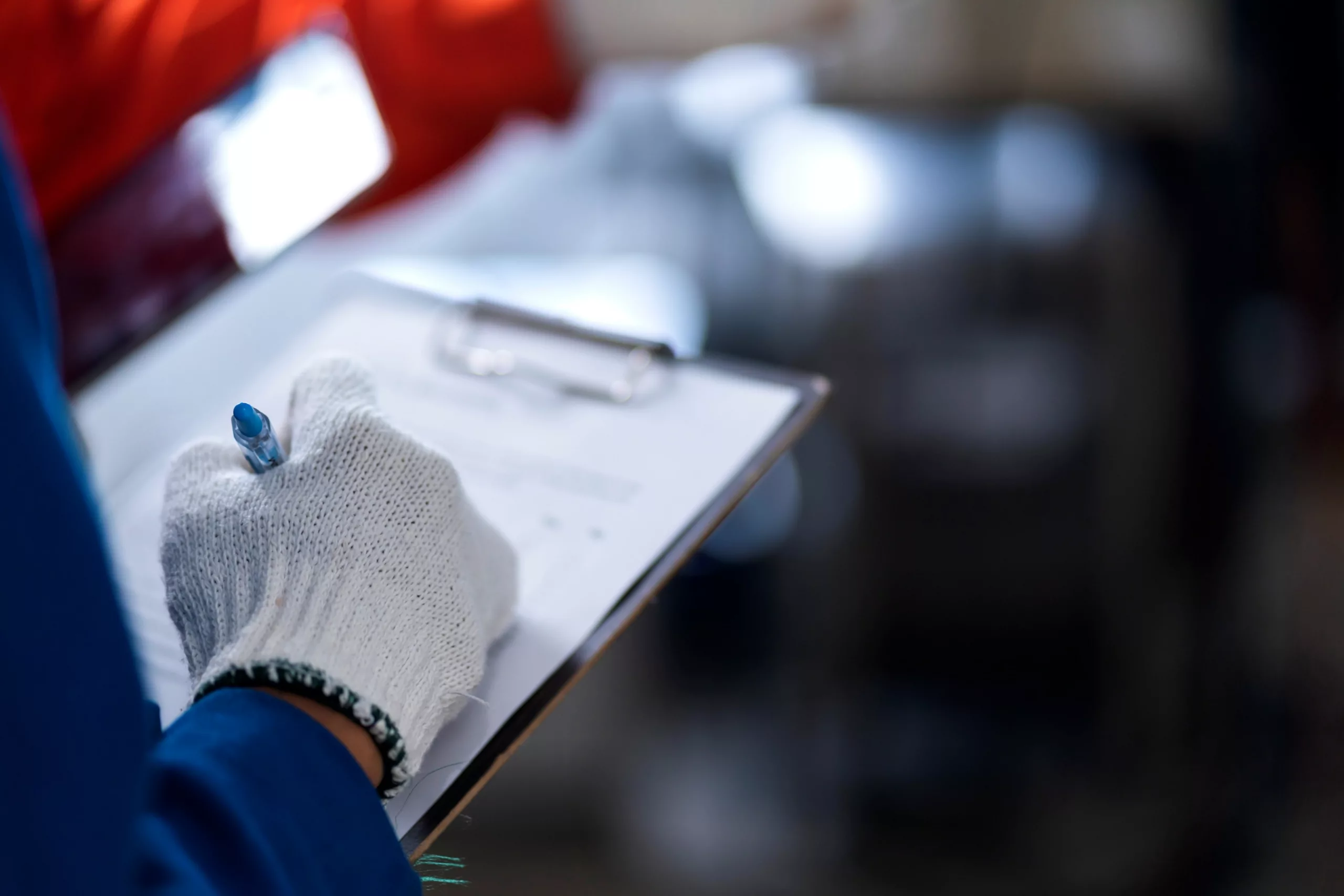The Company
This company is a prestigious international brand hailed for its entrepreneurship mindset, innovation, and constant pursuit of new challenges. Inspired by the famous quote from Mies van der Rohe, “Less is more,” the company developed a minimalist design model that challenges expectations. This system stands out for having the world’s thinnest central mullion without compromising performance and includes exceptional maintenance and robust thermal and acoustic insulation.
These products range from modular minimalist frames to hidden frame systems, adaptable to the specific needs of each project, thus expanding possibilities for architects. Each product results from the work of experienced specialists, with options including motorization, large windows, blinds, and mosquito nets.
Initially a conventional metalwork shop, this company faced challenges since it began its transformation journey, such as batch production, which focused on optimizing equipment rather than product flow, leading to poor work standards and an inefficient production control system. These factors resulted in complex and slow processes, complicating planning and lead time estimation, ultimately creating an environment prone to waste.
Recognizing the need to evolve, the company’s management sought to improve and implement the Lean philosophy to enhance operational efficiency and prepare the company for a more promising future.
The challenge
Increase productivity by 20%
Process rationalization
Review and optimize production processes, critically analyzing current methods to identify bottlenecks, inefficiencies, and automation opportunities.
Team empowerment
Invest in training and develop employee skills to improve work efficiency and quality.
Embrace technology
Explore advanced technologies and automation to accelerate production without compromising on quality.
Cleaner and organized work environment
Implement 5S
Implement the 5S methodology (Seiri, Seiton, Seiso, Seiketsu, Shitsuke) to organize the workspace, making it more efficient and safe.
Reduce waste
Identify and eliminate resource waste through organizing and standardizing processes, such as delivery time, materials, and effort.
Improved process control
Real-time monitoring system
Implement real-time monitoring systems for visibility into project progress.
Continuous feedback and adjustments
Establish a feedback loop for rapid and practical adjustments in response to issues or changes in project requests.
Improved work standards
Develop standardized procedures
Develop and implement standardized operating procedures for consistent and efficient production.
Quality and excellence culture
Foster an organizational culture that values quality and continuous improvement of work standards.
Understanding lead time by product
Detailed production times analysis
Perform a detailed production times analysis, identifying variables and potential delays.
Improved planning and forecasting
Use collected data to improve production planning and delivery forecasts, increasing reliability and customer satisfaction.
These challenges and objectives highlight the complex nature of the company’s shift toward a more efficient and sustainable business model. The company sought immediate improvements in productivity and organization and a cultural transformation that emphasized continuous improvement and excellence in all operational aspects.
The approach
The company’s journey to operational excellence began with a comprehensive diagnosis and a deep analysis conducted with top management. This meticulous process involved detailed mapping of existing processes and identification of critical points and inefficiencies. Based on this analysis, a strategic consensus emerged: shift away from optimizing equipment to efficient product flow.
Implementing lean strategies and restructuring
Redesign of factory layout
The company embarked on a substantial review of the factory layout, aiming to create a more logical and efficient workflow. This redesign minimized unnecessary movement and maximized space utilization, promoting a sound and effective workflow.
Adopt and implement 5S
The company embraced the 5S principles to transform the work environment. Known for organization and cleaning strategies, this method created a workspace that elevated the operational environment’s efficiency, safety, and quality.

Identifying and optimizing bottlenecks
A focused analysis was conducted to identify bottlenecks in production processes. Once identified, strategic solutions were implemented to optimize these critical points, significantly increasing production efficiency.
Implementing One Piece Flow
The One Piece Flow system was used to reduce waiting times between operations. This shift to a continuous and single flow helped decrease stock levels and increase production flexibility and agility.
Task balancing
Task distribution among workers was reassessed to spread the workload across teams, ensuring a balanced and efficient operation.
Creating the Pacemaker Box
A pacemaker box system was developed to control the production pace. This system helped synchronize production line operations, increasing workflow stability and predictability.
Developing standard operations
Standardized operations were developed and implemented to ensure consistency and high quality across the production line. These standards served as a guide to maintain uniformity and efficiency in each production step.

Creating intermediate buffers
The company established intermediate buffers between operations. They were carefully sized to handle production variations, ensuring continuity and fluidity.
Implementing a dashboard and logistics train
A dashboard was implemented to monitor and control production efficiently. A logistics train was also implemented for timely and efficient material replenishment in the production line.
Operational management and continuous improvement culture
Introducing Shop Floor Management
The company introduced shop floor management principles to manage daily operations more effectively. This approach ensured greater accountability and alignment with the company’s strategic goals.
Creating operational indicators
Key performance indicators were established to monitor and assess operational progress. These indicators provided valuable insights for decision-making and identifying areas for continuous improvement.
Implementing daily meetings
Daily meetings focused on people, quality, cost, and delivery were implemented. These meetings became crucial for a constant progress review, allowing quick responses to challenges and fostering a collaborative and open communication environment.
Supervision routines
Supervision routines were established to ensure adherence to new standards and practices. These routines also promoted a continuous improvement culture, encouraging the team to seek ways to enhance efficiency and quality constantly.
The results
As the company embarked on its transformation journey implementing Lean principles and KAIZEN™️, the results were disruptive, exceeding initial expectations and setting a new benchmark for operational excellence. These results are not just a demonstration of significant quantitative and qualitative improvements but also reflect a profound cultural change within the organization.
Below, the different elements of these improvements will be presented in detail, highlighting the operational success metrics and the broader strategic and cultural impact brought to the company by this project.
Significant advances in productivity and efficiency
48% Productivity increase
This remarkable growth exceeded the initial target of 20%, reflecting a deep transformation in production processes. Streamlining bottlenecks, adopting continuous unit flow (One Piece Flow), and effectively balancing tasks significantly drove this improvement.
Transformed work environment
Implementing the 5S toolkit transformed the work environment. The now cleaner and more organized space not only improved operational effectiveness but also contributed to the safety and well-being of employees, resulting in higher productivity and motivation.
Optimized production and lead times control
The company achieved more thorough control over production processes. This included an in-depth understanding of the lead time per product, allowing for appropriate planning and meeting delivery deadlines more reliably.
Reduction in variability and waste
Standardizing operations and streamlining processes led to a notable decrease in variability, ensuring consistent product quality. At the same time, there was a marked reduction in resource waste, reflecting sustainable and cost-effective production.
Greater Synchronization Between Operations
Implementing the pacemaker box system and enhancing supervision routines improved operations synchronization. This led to a smoother, more efficient workflow with fewer interruptions.
Cultural and strategic impact
Embedding a continuous improvement culture
The project went beyond plain operational improvements, spreading a continuous improvement philosophy into the company’s DNA and preparing it for a future of constant innovation and market adaptation.
Conclusion
The transformation road of the company with Lean and KAIZEN™️ methodologies is not just a story of business success; it is a story of a profound and comprehensive organizational change. This journey highlights these approaches’ effectiveness in tangible improvements and as catalysts for a cultural and strategic revolution within a company.
The impressive leap in productivity, far exceeding initial expectations, is at the heart of this transformation. This improvement resulted from well-orchestrated strategic and operational choices, from reorganizing production processes to optimizing bottlenecks and efficiently balancing tasks. These changes demonstrate the strength of Lean when implemented with precision and consideration.
Furthermore, this case study points out the advantages of an adaptable and change-receptive organizational culture. The incorporation of continuous improvement transformed the company from the inside out, establishing fertile ground for constant innovation and market adaptation. Thus, cultural adaptability is a competitive advantage in an ever-changing business world.
The company’s strategy focused on product flow, proving to be a wise decision, as it provided a stronger alignment between production operations and market demand, leading to greater customer satisfaction and more pronounced operational efficiency.
Implementing 5S was a transformative step, improving efficiency and boosting employee morale and satisfaction. This change in the work environment demonstrates a frequently overlooked aspect, including organization and cleanliness, significantly impacting team well-being and productivity.
Finally, this company’s case reasserts the importance of data-driven decisions and a long-term vision. In addition, it was through an evidence-based approach and a future-oriented perspective that the company responded to immediate requests and established solid foundations for facing future challenges and capturing new opportunities.
In conclusion, this case study is more than a demonstration of business efficacy; it is a testament to the strength of strategic leadership, the importance of a resilient and flexible corporate culture, and the power of continuous improvement. This case sets a benchmark for other organizations seeking operational success and a holistic transformation involving all operational and strategic aspects.
See more on Discrete Manufacturing
Find out more about transformation in this sector
See more on People & Culture
Find out more about improving this business area
